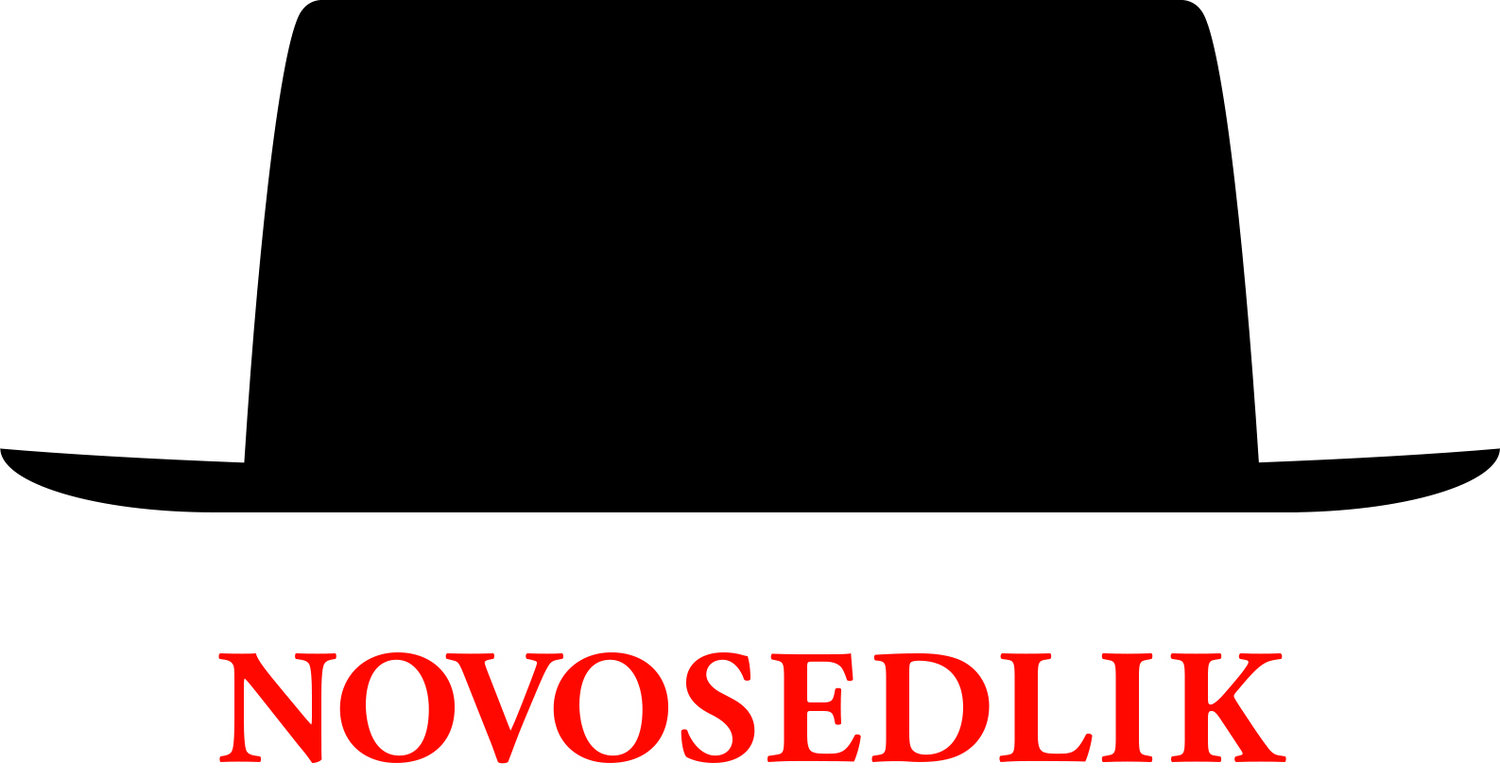Marketing: Born in Crisis
Caravaggio, The Sacrifice of Isaac, 1598: just kidding, Abe!
………….........................................................................
Originally published in MISC Magazine, 2014
………….........................................................................
4 MINUTE READ
Marketing, as we know it, was born in a crisis. And in a place that most of us would not ordinarily associate with business: the Vatican.
Although ostensibly a ‘spiritual’ capital, by the mid 16th century, the Vatican was big business. The Roman Catholic Church had become, in branding terms, the McDonalds of its time. There was one on every street corner in Europe. Virtually every European was baptized in the Catholic faith. It was a one-brand market.
Like all monopolies, it had become fat, corrupt and not a little arrogant. By the time of the Renaissance, popes and cardinals were living like Russian oligarchs, amassing great personal wealth, accumulating concubines and siring broods of ‘illegitimate’ children – many of whom grew up to become clerics and Vatican bureaucrats themselves. And they did that on the back of the tithe – donations that the faithful were (and still are) compelled to make every time they went to church.
It was one type of donation in particular that tipped the scales against the Vatican: indulgences, which were essentially a ‘get out of Purgatory’ card. Buying one meant you could go straight to Heaven when you died, thus avoiding the fiery way station that only the most virtuous of believers were entitled to bypass.
Martin Luther: the party's over
It didn’t take too long before adherents saw through this ruse, for how could one possibly back up such a guarantee, let alone put a price on it? Thus in 1517, when reformist Martin Luther nailed the ’95 Theses’ to the door of his parish church, Rome experienced a virulent threat to its hitherto uncontested market share. By 1545, assisted by Gutenberg’s printing press, Luther’s reforms caught on across Europe, causing significant enough ‘leakage’ to spur the Vatican into action.
In response to this crisis of faith, the Vatican called a meeting: the famous Council of Trent (1545-1563). Over the course of 25 gatherings (and you thought your meetings were long), the Council invented virtually every tool now found in the marketer’s woodshed .
Take advertising, for instance. One of the core commitments of the Council was to ‘strengthen Catholic doctrine’. They decided to do that by using the most powerful tool at their disposal: art.
Bernini: The Ecstasy of St Teresa, 1647-52: fifty shades of alabaster
Engaging an A-list of painters, sculptors and architects, the church adorned its buildings with some of the most emotionally engaging imagery ever created. It was called the Baroque, but it was actually the first and the longest ad campaign ever (it lasted 100 years). Imagine the impact that an image like Caravaggio’s Sacrifice of Isaac or Bernini’s The Ecstasy of St Teresa would have had on the faithful seeing it for the first time. Five hundred years on, these works are still extremely moving, even for a non-believer.
You can respond to loss of market share in two ways: one, work to retain the customers you already have, and two, expand into new markets. The church did both. All that emotionally engaging Baroque art was meant to strike enough fear and awe in your heart to make you remain in the arms of Holy Mother Church. To expand into new markets, however, the church needed a global sales team. So it created its own marine corps of evangelists: the Jesuits.
Apotheosis of St. Ignatius, Fra Andrea Pozzo, 1691-94: Beam me up, Jesus!
This was the beginning of colonization by European powers, and everywhere the conquerors went, the Jesuits were sure to follow. They proved to be very effective salesmen, winning over new souls (i.e., new customers) in Asia, Africa, and North and South America. The fact that Catholicism is still the world’s largest religion is a testament to their efforts. And the fact that we still use the word ‘conversion’ to describe the acquisition of a new customer is a testament to their methods.
One of the key rules of branding is remaining true to your ‘essence’ or core. Staying ‘on brand’ demands discipline and persistence, and the temptation (hard to avoid the language of religious doctrine, isn’t it?) is to match the offers of new entrants in the hopes that you will crush the puny upstarts with the sheer weight of your incumbency. In the face of Protestantism, however, the Vatican stayed true to its core, not only refusing to change its doctrine, but working to strengthen and renew it. While cleaving to its essence, it could watch upstarts proliferate and squabble among themselves over infinitesimal differences in their teachings and precepts.
When asked, most people would say that marketing and branding were born on Madison Avenue. But make no mistake, Don Draper learned everything he knew about marketing from Pope Paul III (who launched the Council of Trent), even if his lifestyle was more like that of Pope Alexander VI (who had a wife, a mistress and several children). Some things never change.




